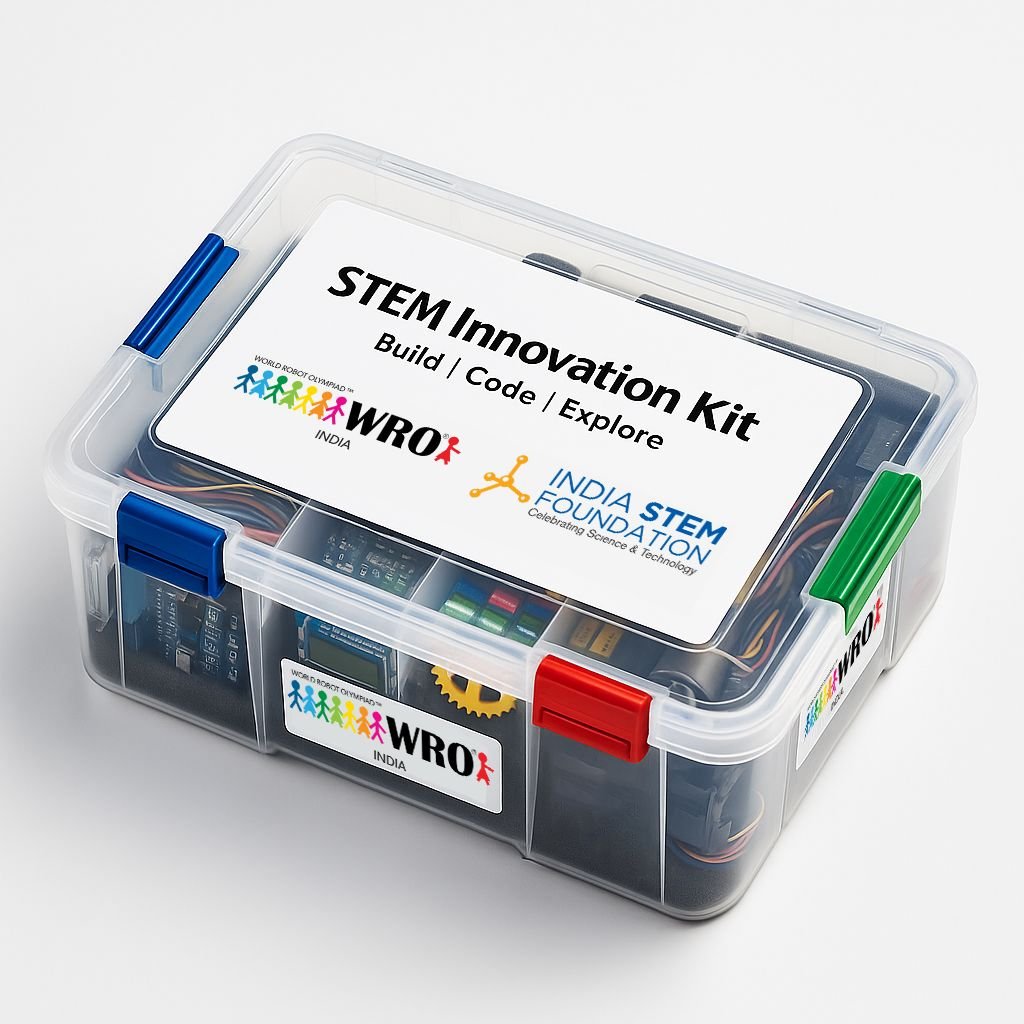Science, technology, engineering, and mathematics, or STEM subjects, have become important forces in innovation and progress in today’s rapidly evolving world. The wide range of academic fields encompassing STEM studies has a cumulative impact on our daily lives, careers, and worldviews. Science explores the fundamental ideas of nature, technology fosters innovation, engineering solves complex problems, and mathematics logically underpins all of this.
The substantial impact STEM has had on modern geniuses’ achievements and personal lives is examined in this article. These contemporary icons, which come from various fields, use the vast reservoir of knowledge and creativity offered by STEM.
In modern times, a genius is someone who excels in their field and makes ground-breaking discoveries that have a significant impact on society. Today’s geniuses come from a variety of backgrounds:
Scientific Superstars: Jane Goodall, Stephen Hawking, etc.
Technological Pioneers: Elon Musk, Steve Jobs, Tim Berners-Lee, and others.
Visionaries in engineering, such as Nikola Tesla and Elon Musk.
Maryam Mirzakhani and Terence Tao are examples of mathematical minds.
Multidisciplinary Pioneers: Neil deGrasse Tyson and Michio Kaku, for example.
These people are honoured for their revolutionary contributions and extraordinary abilities. This article examines how their accomplishments have been made possible by STEM subjects.
The Fundamental Aspects:
Scientific breakthroughs and today’s geniuses:
Modern geniuses base their extraordinary accomplishments on scientific discoveries. Here, we emphasise a few crucial instances:
The findings of Werner Heisenberg and Max Planck, two of the pioneers of quantum mechanics, and further contributions from notables like Richard Feynman provide the foundation of modern technological breakthroughs.
Climate Change Research: Modern visionaries like Michael Mann use climate change research to address global environmental issues, using scientific discoveries as their compass.
Technology’s Empowering Force: The advent of the internet and the pervasive usage of digital devices have fundamentally altered our communication, cooperation, and information-gathering strategies. Visionaries like Steve Jobs, co-founder of Apple, have used this technology to create revolutionary products like the iPhone, which have revolutionised the consumer electronics industry.
AI and machine learning technologies have ushered in a new era of creativity. Elon Musk, the inventor of Neuralink, is advancing the application of AI and clearing the path for the development of brain-computer interfaces, which have the potential to transform healthcare and communication completely.
Engineering Marvel: Visionaries have realised how important sustainable engineering is to solving environmental problems. Innovations like smart grid technologies, highly efficient solar panels, and green building designs reduce our carbon footprint and pave the way for a more ecologically friendly future.
In the case of a natural disaster, engineers assist in strengthening the resilience of our infrastructure. Environmental problems are being mitigated by innovations such as smart city designs, earthquake-resistant buildings, and flood protection technologies.
Mathematical problem-solving is the foundation of quantum mechanics. With their contributions to quantum electrodynamics, mathematicians such as Richard Feynman have elevated our understanding of nature’s fundamental laws through rigorous mathematics.
In the field of economics, mathematical models are invaluable tools for specialists. Well-known economists and policymakers like John Nash, the man of the Nash Equilibrium, have used math.
The Foundation of STEM Education
Empowerment via Education: STEM initiatives prioritise education as the cornerstone of their work. They constantly effortlessly enhance STEM education in schools, universities, and other institutions. This entails updating the curriculum, improving instruction, and providing teachers with professional growth opportunities. Giving educators access to the most recent data and resources will enable them to share their passion for STEM subjects with their students effectively.
Access and Inclusivity: These courses acknowledge that everyone should have access to STEM education, irrespective of gender, socioeconomic status, or place of residence. They aggressively promote diversity by taking down obstacles to involvement. Increasing the number of STEM enthusiasts means providing underrepresented groups with resources, scholarships, and mentorship programs.
Encouraging Research and Innovation: STEM programs acknowledge that the cornerstones of growth are innovation and research. They heavily emphasise experiential learning, critical thinking, and creative thinking while utilising various crucial strategies to foster an innovative culture.
Practical Experience: STEM courses strongly encourage practical experience. This involves providing researchers and students access to state-of-the-art facilities, tools, and technology. Practical experimentation may give valuable insights into engineering concepts and scientific issues. Students gain knowledge not just from textbooks but also by actively engaging with their study materials and tasks.
Creative Thinking: Creative thinking typically leads to innovation. In an environment fostered by STEM endeavours, people are encouraged to think creatively and beyond the box. They help with assignments and projects that call for creative problem-solving. STEM fosters creativity and produces ground-breaking innovations by challenging people to see challenges from fresh angles.
Critical Thinking: Critical thinking is another cornerstone of creativity and research. The ability to think critically and analytically is highly valued in STEM courses. We teach researchers and students to examine evidence, question presumptions, and form reliable conclusions. It takes this mentality to study and develop original answers to difficult problems thoroughly.
Mentoring and advising: STEM initiatives often pair aspiring researchers and students with knowledgeable mentors. These mentors offer guidance, impart information, and provide crucial insights. Mentorship schemes foster innovation and give prospective innovators a haven.
At it’s core,Science, Technology, Engineering, and Mathematics (STEM) education is fundamentally the foundation of innovation and advancement. STEM fosters critical thinking, creativity, and problem-solving abilities in students by combining different disciplines. It prepares the next generation of scientists, engineers, and innovators to navigate and contribute to our dynamic environment.




